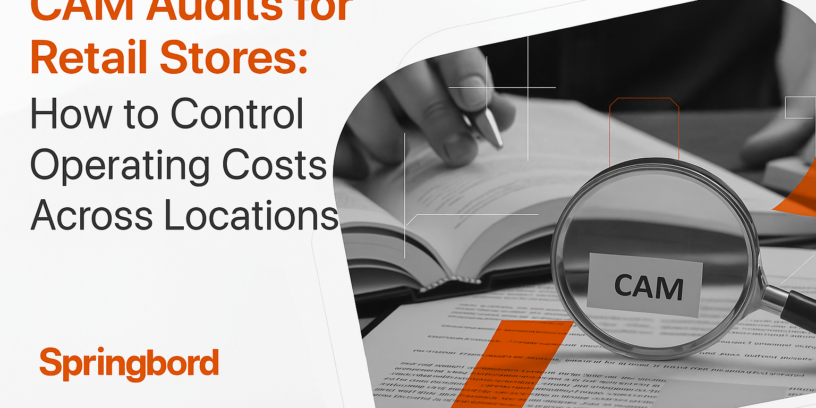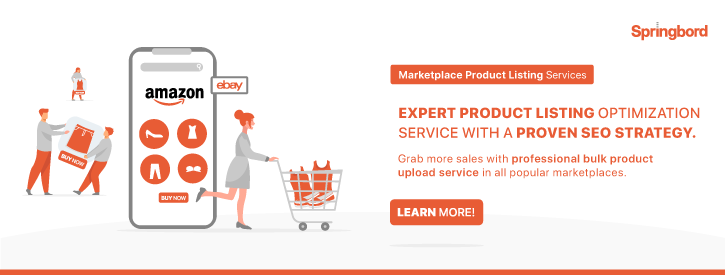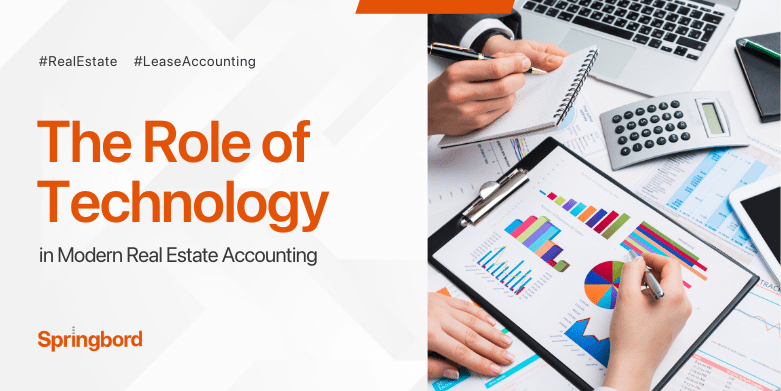 Read time 4 min
Read time 4 minThe scrutiny of operating costs in retail is growing, with Common Area Maintenance (CAM) charges being one of the most opaque yet significant components. For multi-location retailers, particularly those spread across malls, high streets, and mixed-use developments, these charges can vary significantly not just in value but also in structure, transparency, and accountability.
According to a 2024 JLL report, CAM charges can make up 35% of a retail tenant’s occupancy cost in malls, with wide variation across property types. High streets typically have fewer shared services but lack standardized reporting, complicating audits. Mixed-use developments pose added complexity, with costs often misallocated across retail and residential as well as office spaces, leading to errors and non-reimbursable charges.
Retailers operating across diverse geographies often face inconsistencies in CAM reconciliations, billing errors, and improper capital expense allocations. These inconsistencies, if unchecked, can compound significantly over time, leading to inflated operating expenses and weakened profitability across a retailer’s portfolio.
Here’s where CAM audits come in, not as a way to make sure rules were followed after the fact, but as a way to keep costs in check before they happen. Audits find mistakes in detailed costs, check if contracts are being followed, and help operators see rising costs in real-time, especially when real estate contracts cover different areas with different service rules.
Because of this complexity, retailers are increasingly seeking help from outside partners who can handle lease summaries, financial checks, and detailed audit processes to make sure every square foot and service charge is correctly accounted for.
Springbord stands out in this domain with its deep expertise in lease administration, data abstraction, and CAM audit services, tailored specifically for high-volume, multi-location retail clients. Our approach ensures end-to-end visibility and proactive cost control tailored to complex, multi-format portfolios.
This blog explores the intricacies of CAM audits by location type and provides actionable strategies to manage and reduce costs effectively.
CAM Audits by Location Type: Actionable Strategies to Control and Reduce Costs
Controlling CAM charges effectively requires tailored strategies for different retail property types. Each environment, be it malls, high streets, or mixed-use developments, presents unique cost structures, service delivery mechanisms, and risk factors. Without a location-specific approach, retailers risk overpaying or subsidizing services not aligned with their lease obligations.
To effectively manage CAM charges across a multi-location retail portfolio, operators must tailor their audit and cost control strategies to the unique characteristics of each property type. From enclosed malls to high street stores and mixed-use developments, each format presents distinct challenges and opportunities for savings. CAM audits serve as a vital tool not just to uncover errors but to inform targeted, corrective action.
Malls: Audit Strategies for Complex Shared Cost Structures
Audit Focus: Pro-rata allocations, anchor tenant exclusions, seasonal service variability
- Challenge Pro-Rata Allocations: Most mall tenants are charged CAM fees based on leased square footage, yet this often does not reflect actual benefit or usage. Audits should validate allocation formulas and ensure they exclude non-serviceable areas. Demand a breakdown of cost-sharing models and cross-check with lease terms.
- Review Anchor Carve-Outs: Anchor tenants frequently have CAM exemptions, shifting disproportionate costs onto smaller retailers. Audits should isolate these carve-outs and assess whether charges are being fairly redistributed among remaining tenants.
- Monitor Seasonal Charges with Data: Costs like HVAC usage or snow removal often fluctuate by season. CAM audits should verify that charges reflect actual usage, not flat-rate assumptions.
Actionable Strategy: Negotiate revised pro-rata share clauses based on service demand, not just square footage. Implement technology-driven reporting from property managers to validate variable CAM categories.
Springbord’s audit frameworks incorporate seasonal cost normalization and usage-based tracking to detect overcharges in these areas.
High Streets: Auditing for Transparency and Oversight
Audit Focus: Reporting visibility, municipal vs. private services, vendor management
- Demand Detailed CAM Reporting: High street locations often lack formalized service documentation. Retailers should audit for itemized CAM breakdowns and request retroactive clarification where reporting is vague or missing.
- Benchmark Against Municipal Services: CAM audits should include a comparison of landlord-charged services vs. municipal coverage (e.g., trash pickup, lighting, sidewalk cleaning). Many services are double-billed due to poor documentation.
- Scrutinize Landlord-Managed Services: CAM audits should review third-party contracts arranged by landlords for inefficiencies, inflated rates, or duplicated services. Retailers can request audits of service quality and enforce SLAs.
Actionable Strategy: Use CAM audit findings to negotiate greater reporting transparency, set thresholds for third-party service approvals, and reduce exposure to loosely defined landlord-managed services.
Springbord’s lease abstraction services provide the documentation required to enforce these changes.
Mixed-Use Developments: Auditing Blended Cost Structures for Fair Allocation
Audit Focus: Cost pool deconstruction, tenant class segregation, demand-based allocation
- Separate Retail from Non-Retail Costs: Mixed-use CAM pools often contain costs related to office or residential amenities (e.g., concierge desks, lobbies). Audits must identify these blended expenses and isolate non-retail components using lease language and service logs.
- Enforce Maintenance Clauses: Audit leases for clauses that exclude costs related to non-retail areas, and verify compliance. This often includes elevator maintenance for office tenants or roof maintenance for residential units.
- Negotiate Demand-Based Cost Sharing: Retailers often have non-peak usage patterns, particularly for utilities and security. CAM audits can support a shift from flat-rate to usage-based allocation models, resulting in more equitable cost distribution.
Actionable Strategy: Use the audit results to renegotiate leases, making sure to exclude non-retail costs and adjust costs based on actual usage.
Springbord supports this through detailed lease clause extraction and cost segmentation analysis.
Springbord uses smart lease analysis, AI to look at expenses, and quick audit help to assist retailers in managing CAM risk and cutting costs for different types of properties. By tailoring our approach to each property type, we help clients establish location-specific cost control strategies that are both actionable and defensible.
Conclusion
CAM charges remain one of the most complex and least transparent components of retail operating expenses. Without a structured approach to auditing across location types, malls, high streets, and mixed-use developments, retailers risk significant cost leakage and compliance issues.
By using a careful and specific approach to CAM audits for each property, retailers can find billing mistakes, check lease agreements, and renegotiate how costs are shared to save money and increase profits in
Springbord brings deep expertise in lease abstraction, expense analytics, and CAM audits, providing customized solutions that help retailers with multiple locations manage their operating costs better and improve their real estate management.
Take Control of Your CAM Costs Today!







